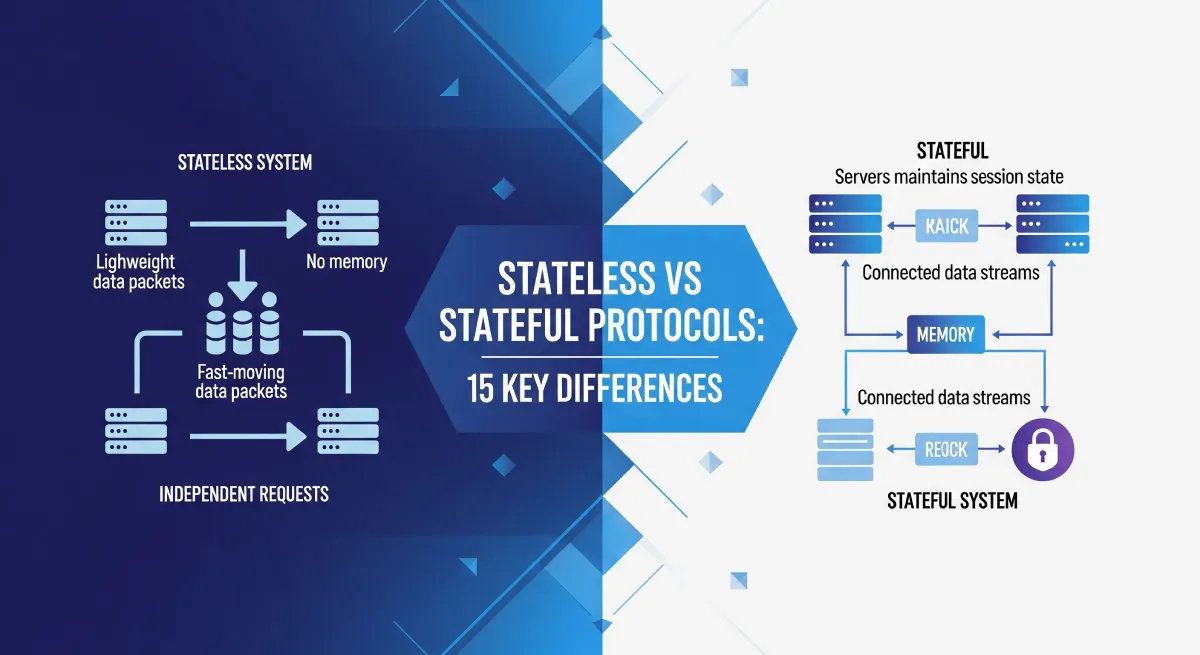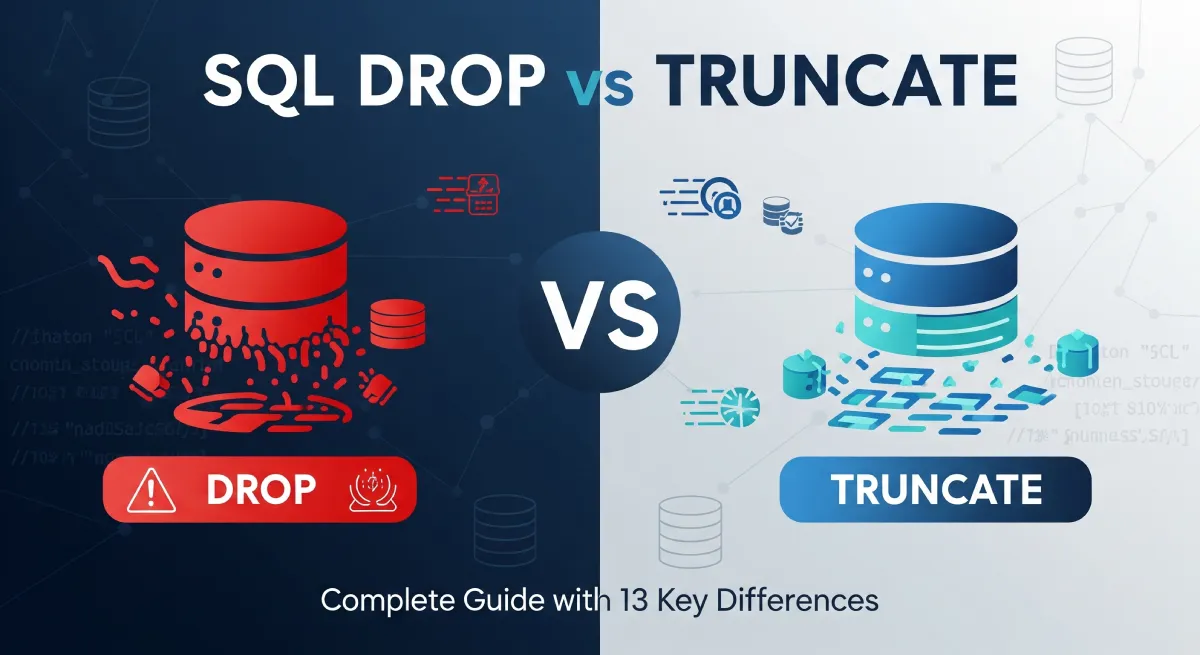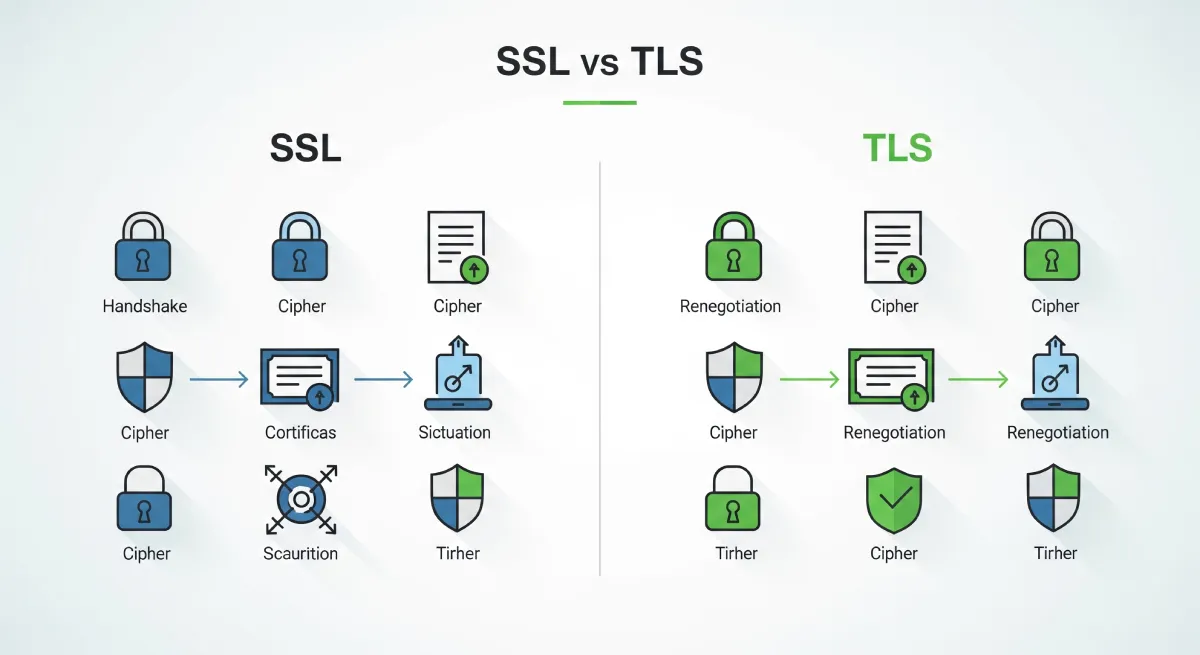Stack Memory Allocation
Stack memory allocation efficiently manages memory in a structured way. The system allocates memory in a Last In, First Out (LIFO) order, ensuring organized storage. It stores local variables, function parameters, and return addresses, enabling efficient function execution.
Example:
void foo() {
int num = 10; // num is stored in stack memory
}
Advantages of Stack Memory:
- Efficient memory management due to its simple structure.
- Automatic deallocation of memory when variables go out of scope.
- Faster access compared to heap memory.
Disadvantages of Stack Memory:
- Limited size, making it unsuitable for large memory allocations.
- Cannot dynamically resize memory during runtime.
Heap Memory Allocation
Heap memory allocation is a method where memory is allocated dynamically during program execution. Unlike stack memory, heap memory does not have a strict structure and allows for flexible memory allocation and deallocation. Heap memory is used for storing objects and data structures that require dynamic memory allocation.
Example:
int* num = new int; // num is stored in heap memory
Advantages of Heap Memory:
- Dynamic memory allocation allows for flexible memory usage.
- No size restrictions, suitable for large memory allocations.
- Memory can be resized during runtime using realloc or new allocations.
Disadvantages of Heap Memory:
- Requires manual memory management, leading to potential memory leaks or fragmentation.
- Slower access compared to stack memory due to dynamic allocation.
Technical Characteristics
- Stack memory is allocated at compile time, while heap memory is allocated at runtime.
- Stack memory is limited in size and has a fixed allocation pattern, whereas heap memory is more flexible and can grow as needed.
- Stack memory is faster to access since it follows a LIFO approach, while heap memory access can be slower due to dynamic allocation and deallocation.
Use Cases and Applications
- Stack memory is commonly used for managing local variables and function calls in programming languages like C, C++, and Java.
- Heap memory is often used for dynamic data structures like linked lists, trees, and objects in languages that support dynamic memory allocation.
- Applications requiring large memory allocations or flexible memory usage often utilize heap memory for efficient resource management.
Key Differences and Analysis
| Stack Memory Allocation | Heap Memory Allocation |
|---|---|
| Follows a LIFO (Last In First Out) structure | Follows a dynamic structure without any order |
| Allocated and deallocated automatically | Requires explicit allocation and deallocation by the programmer |
| Memory management is handled by the compiler | Memory management is controlled by the programmer |
| Memory is limited and generally small in size | No predefined size limit but limited by available heap memory |
| Faster access due to its LIFO nature | Access is slower compared to the stack |
| Less flexible in terms of memory allocation and deallocation | Offers more flexibility in managing memory dynamically |
| Variables are scoped within the function they are declared | Variables can be accessed globally |
| More prone to stack overflow if the stack size is exceeded | Heap memory can lead to memory fragmentation |
| Typically used for local variables and function calls | Commonly used for dynamic memory allocation |
| Operations are generally fast due to its fixed-size nature | Slower operations due to dynamic memory management |
| Static memory allocation | Dynamic memory allocation |
| Memory is automatically reclaimed when a function exits | Memory remains allocated until explicitly deallocated |
| Cannot be resized once allocated | Can be resized during runtime |
| Efficient for managing function call hierarchy | Useful for data structures like trees and linked lists |
This table provides a comprehensive comparison between stack and heap memory allocation, highlighting various technical, practical, and behavioral differences between the two concepts.

Practical Implementation
Let’s consider a simple example in C to illustrate the difference:
#include <stdio.h>
int main() {
int stackVar = 5; // Stack memory allocation
int heapVar = (int)malloc(sizeof(int)); // Heap memory allocation
*heapVar = 10;
printf("Stack variable value: %d\n", stackVar);
printf("Heap variable value: %d\n", *heapVar);
free(heapVar); // Freeing heap memory
return 0;
}
Step-by-Step Implementation Guide
- Define variables on the stack using static allocation.
- Allocate memory on the heap using functions like malloc() or new.
- Access stack variables directly, while use pointers to access heap variables.
- Remember to free heap memory to avoid memory leaks.
Best Practices and Optimization Tips
- Avoid excessive heap allocations for small temporary data.
- Prefer stack memory for variables with a short lifespan.
- Use heap memory judiciously to prevent fragmentation.
Common Pitfalls and Solutions
Common pitfalls include:
- Forgetting to free allocated heap memory, leading to memory leaks.
- Accessing memory beyond its boundaries, causing buffer overflows.
Solutions include proper memory management practices, such as always freeing allocated memory and bounds checking.
Frequently Asked Questions
What is stack memory allocation?
Programming languages use stack memory allocation to store variables created within a function. The system automatically deallocates variables allocated on the stack when the function exits. The stack follows a Last In First Out (LIFO) structure, where the system removes the last item pushed onto the stack first.
How does stack memory allocation work?
When a function runs, the system reserves space on the stack for local variables, function parameters, return addresses, etc. The system pushes new variables onto the stack as they are declared and moves the stack pointer back to release the allocated stack space when the function completes execution.
What is heap memory allocation?
Heap memory allocation, also known as dynamic memory allocation, allocates memory at runtime to store data structures such as arrays and objects. The memory allocated on the heap persists until the programmer explicitly deallocates it, usually using functions like malloc() or new.
How is heap memory allocated?
When a program requests memory on the heap, the operating system allocates a block of memory of the requested size. The programmer must manage this memory properly and ensure its deallocation to prevent memory leaks. Failing to deallocate memory can lead to memory exhaustion and program crashes.
What are the key differences between stack and heap memory allocation?
The key differences between stack and heap memory allocation lie in their management and behavior. The system manages stack memory automatically, follows a LIFO structure, and limits its size. In contrast, the heap requires manual management, has dynamic size, and can lead to memory fragmentation if not managed properly.
Conclusion
In conclusion, understanding the distinction between stack and heap memory allocation helps developers optimize memory usage in software development. The stack handles static memory allocation and follows a Last In First Out (LIFO) structure, while the heap allows dynamic memory allocation without following a specific order.
Key differences between stack and heap memory allocation include their data structure, size limitations, access speed, and scope of memory management.
Developers should carefully consider the following decision-making criteria when choosing between stack and heap memory allocation:
- Use the stack for small and predictable memory needs, such as local variables and function calls.
- Use the heap for larger memory requirements, dynamic data structures like arrays and linked lists, and cases where memory size is unknown in advance.
- Consider the scope of memory management needed, as the system automatically manages stack memory, whereas heap memory requires manual management.
By evaluating these factors and understanding the implications of stack and heap memory allocation, developers can optimize memory usage and enhance software application performance.



